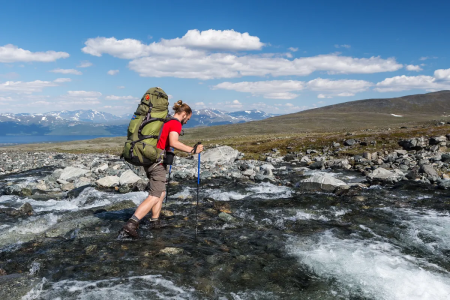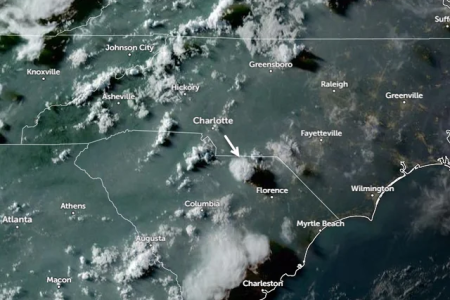Leave No Trace is not merely a set of guidelines, but an outdoor ethic and philosophy. Its core lies in respect and conservation, aiming through our modest efforts to ensure future visitors enjoy nature as pristine as we did. Detailed Explanation of the Seven Principles 1.Thorough Planning and Preparation Beforehand Understand destination regulations, plan small …



